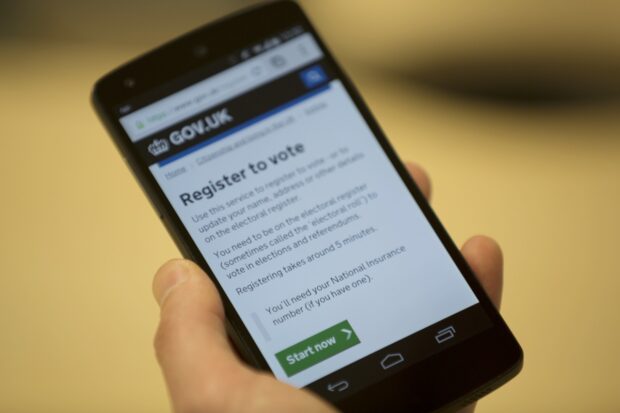
We’ve already outlined a definition of what service design is, and why matters. In this post, I’ll sketch out some of the ways in which we identify whether or not a service is a good one. This is by no means a definitive list, and it’s evolving all the time.
First, let’s take a closer at what a service is.
What is a service?
A service is something that helps someone to do something.
That means it’s a group of transactions, activities or information that share a user need and take place on online and offline. It is defined by something that a user recognises that they need to do.
Something like:
- Learn to drive
- Employ someone
- Pay tax
It takes many smaller steps to deliver a service — for example ‘booking a driving test’ or ‘checking your drivers licence’. These steps fall into two different types:
Transactions
Something that can change your status with government eg. an application, payment or revocation.
Activities
Something you have to do complete your goal eg
- Checking whether you’re eligible for something (like a benefit)
- Finding a thing (courses, schools, apprenticeships)
- Reading regulations and requirements, or news and announcements about upcoming changes to a service.
Some services don’t involve any transactions with government and might be purely informational - whilst others may involve many transactions.
Sometimes transactions and activities are used by more than one service, for example, ‘registering as a waste carrier’ might be part of ‘starting a business’ and ‘buying a vehicle’. These transactions and activities are part of a service but remain loosely joined so that they can be re-used as part of multiple services.
What makes a good service
Start with user needs
To a user, a service is something that helps them to do something. Therefore, good services are more likely to be verbs than nouns.
Choosing the right verb - or set of verbs - for your service to start is important and means that you need to do user research to find out what your users are trying to do.
Achieve a policy intent
Government services exist for a reason. Usually in order to support, promote or stop something from happening. It’s important to know what your service is supposed to achieve so that you can work out the best way to achieve it.
Includes everything a user needs to complete their task
A service includes all activities a user needs to complete before, during, and after the they have achieved the thing they need to do. Some of these will be provided directly by government, some may not.
Has a beginning, middle and end
A service involves many steps. As a user progresses through a service their needs change. For example, at first they need to know all about what becoming a driver entails, then they can start thinking about booking lessons, arranging a test or applying for a licence.
Crosses all channels
Although all services should be built digital by default, a user’s needs of a service might stretch across multiple channels as their circumstances change, and should therefore be consistent and available to complete over the phone, online, paper and physical locations - where needed.
Is usable by anyone who needs it
Services will be used by multiple different user groups and should be equally accessible to all users regardless of their experience or circumstance - whether that’s an individual, businesses, expert or complete beginner.
This is: A service this is able to scale so that it is usable by everyone.
This is not: A service that is designed solely for one user group, eg. a professional to do on behalf of the end user or a disabled person learning to drive.
Follow #ServiceDesign this week
We’re talking about #servicedesign on social media for the week, sharing lots of new videos, case studies, images and blog posts.
